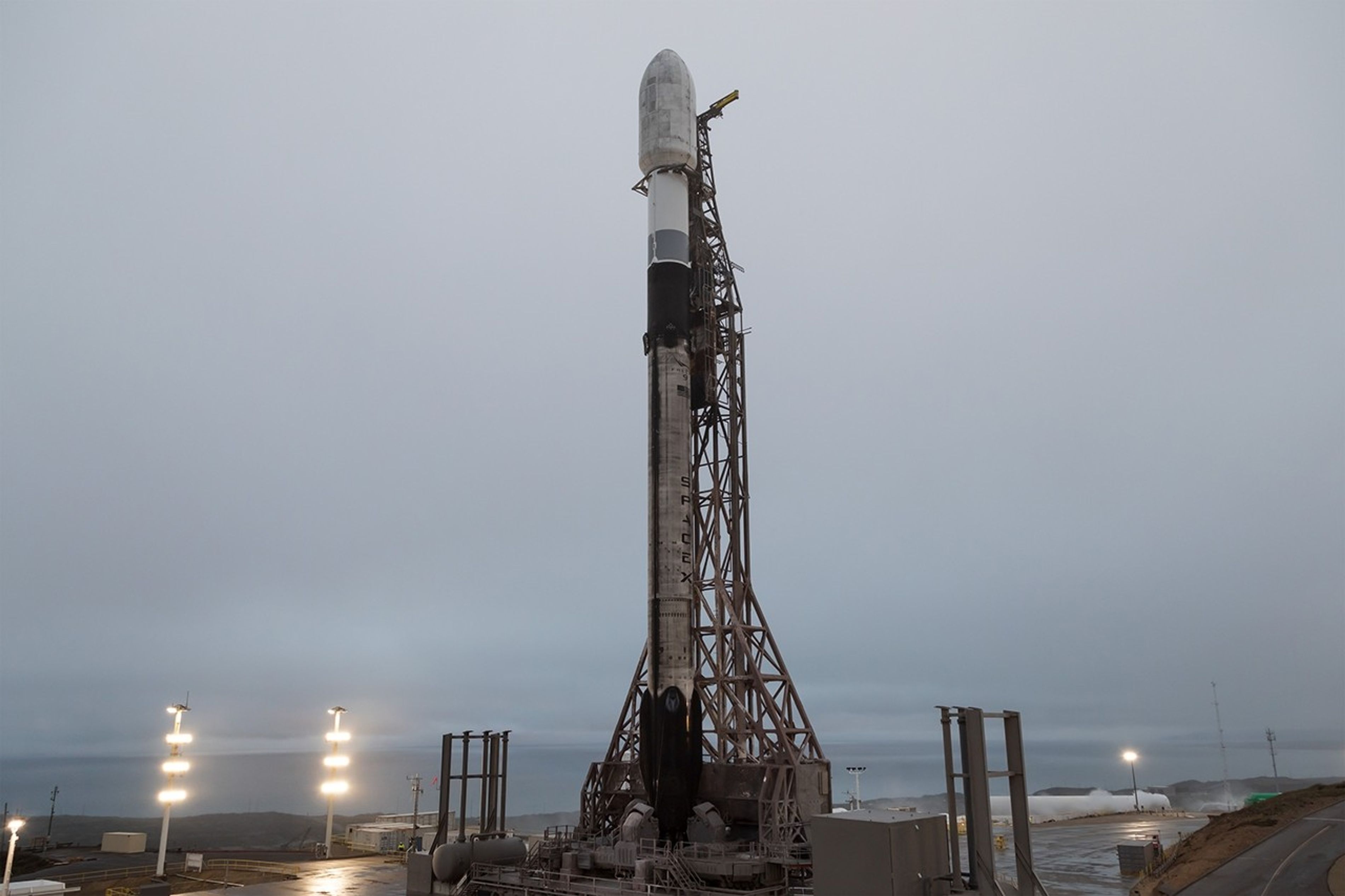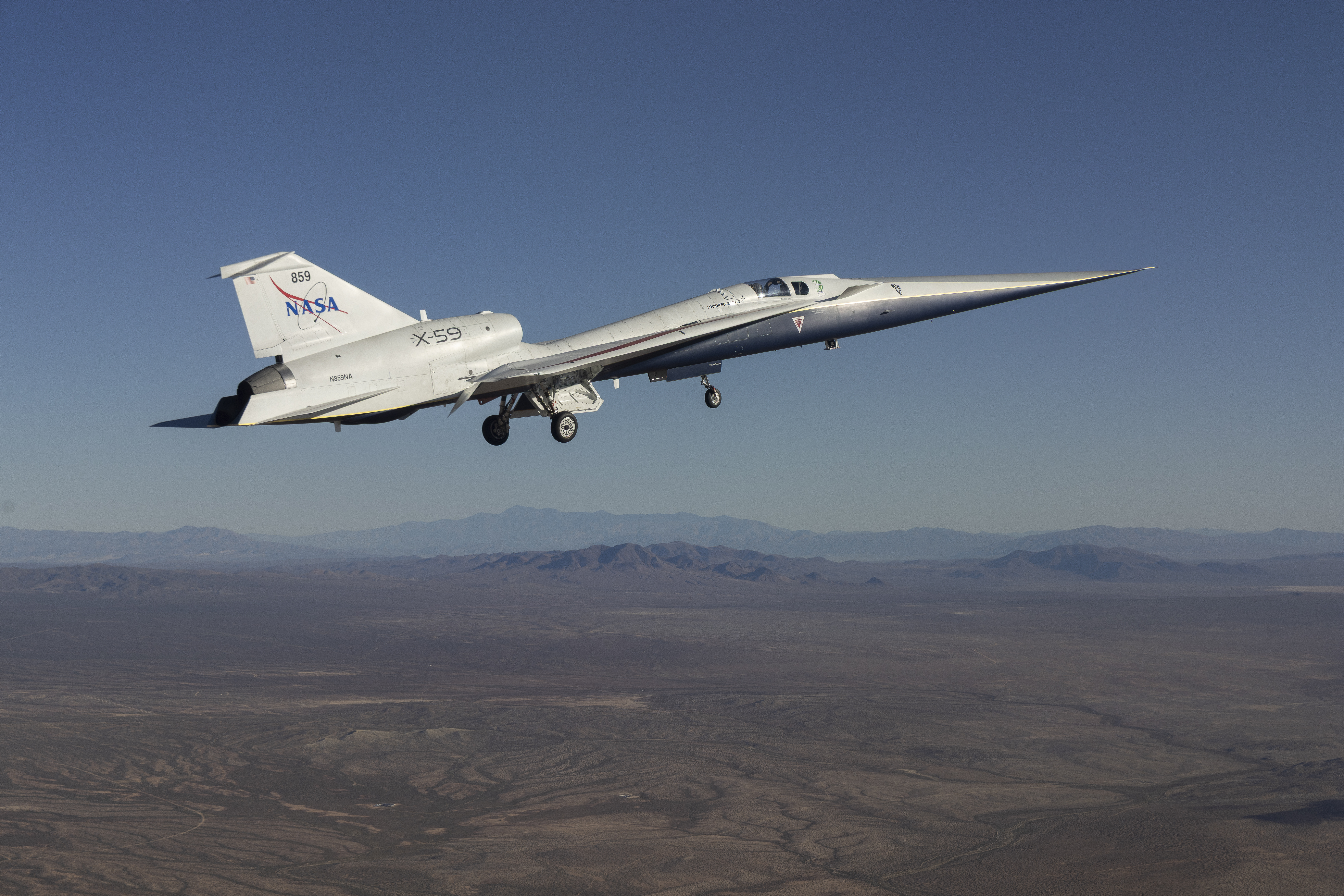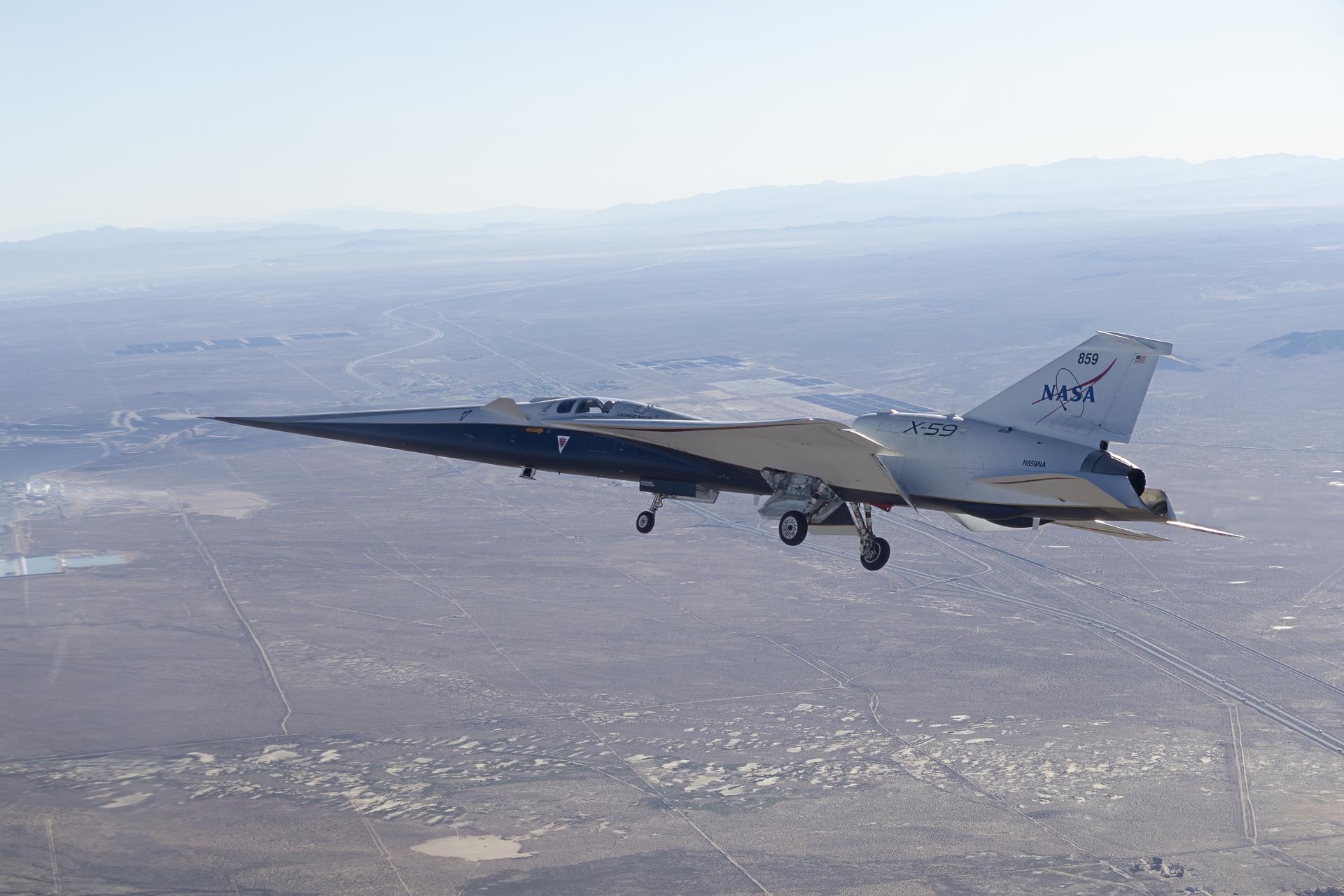Athena EPIC
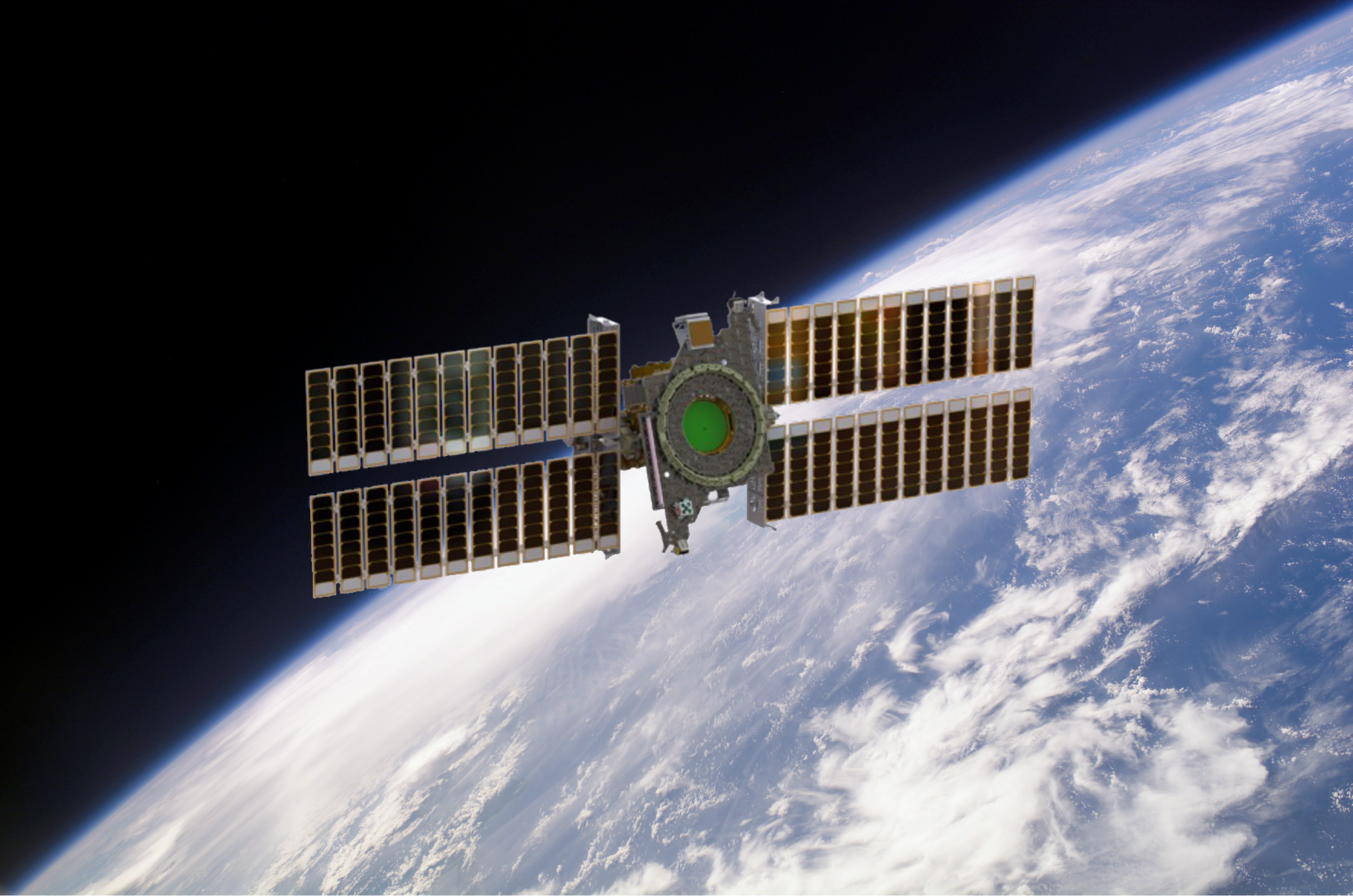
NASA Tests Scalable Satellite Tech to Launch Sensors Quicker
Editor’s note: NASA’s Athena EPIC satellite launched aboard a SpaceX Falcon 9 rocket from Space Launch Complex 4 East at Vandenberg…
Read the Story
Athena will demonstrate a critical science measurement, but also an architecture that is adaptable and more cost-effective for the taxpayer and the government.

Kory Priestley
Athena Principal Investigator, NASA's Langley Research Center
Taking Cues from Human Biology
NovaWurk’s Hyper-Integrated Sat- lets, or HISat’s, are engineered to aggregate, share resources, and conform to different sizes and shapes.
The cellular architecture of the craft allows greater flexibility with payload designs and concepts, dropping the price-point, yielding greater access to space and multiple orbits to make the most use of its observational capability.
“We’re really merging the capabilities of the HISat’s and the payload,” Priestley said. “So, our payload doesn’t need to bring as many resources to the overall effort.”
Given the seamless integration of the payload, sensor and the host craft, teams are easily finding new and needed science applications and collaborations that Athena can provide for future science missions.
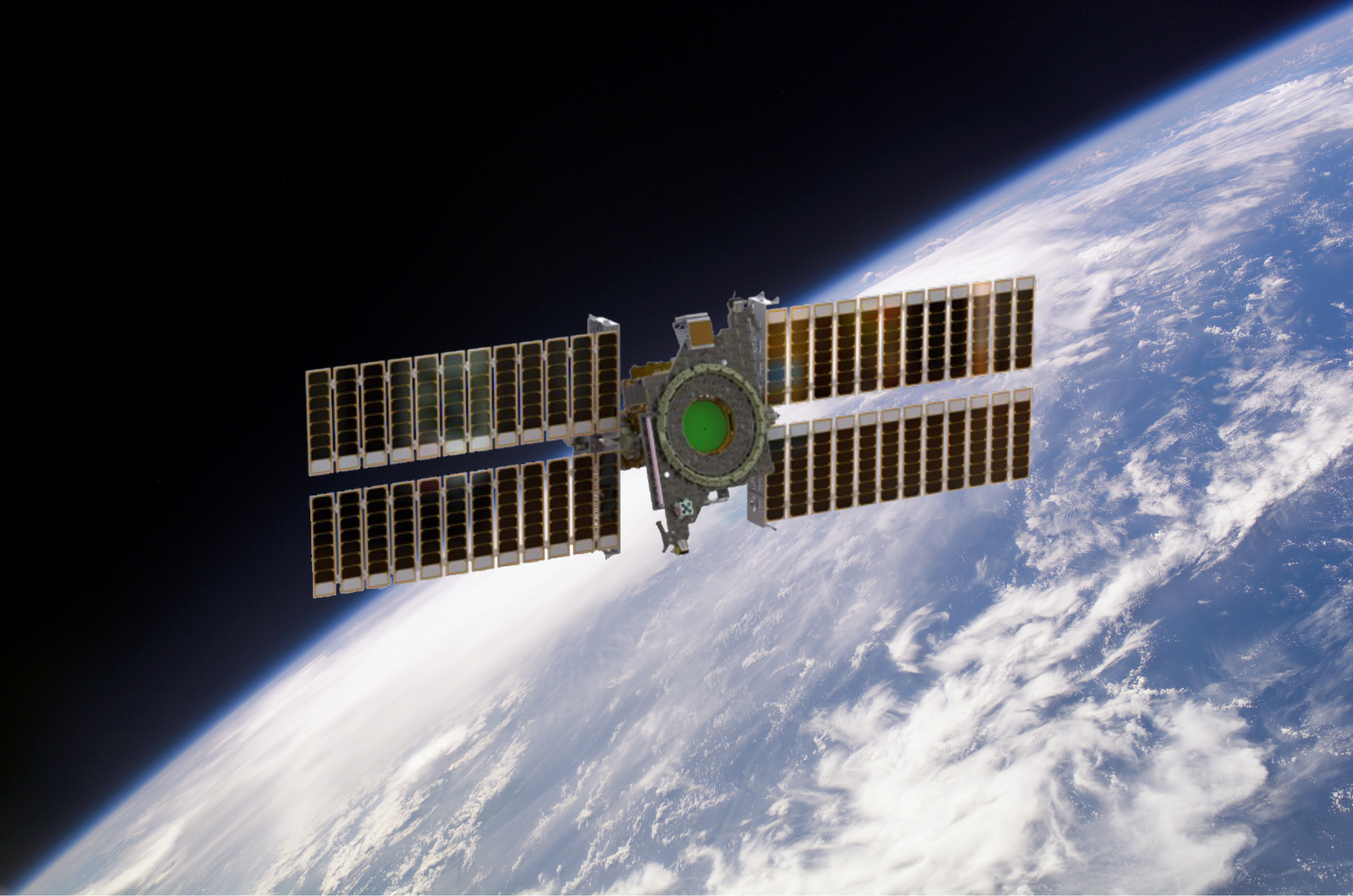
A Small Science Payload Evolved from CERES
“The complete Athena HISat platform will be about as big as the
electric toy car my granddaughter drives around in,” Priestley
said.
In 2020, NASA Langley delivered the Athena payload to NovaWurks. The payload consists of an Optical Module and a Calibration Module built with spare parts from NASA’s Clouds and the Earth’s Radiant Energy System (CERES) mission, and a newly developed Sensor Electronics Assembly.
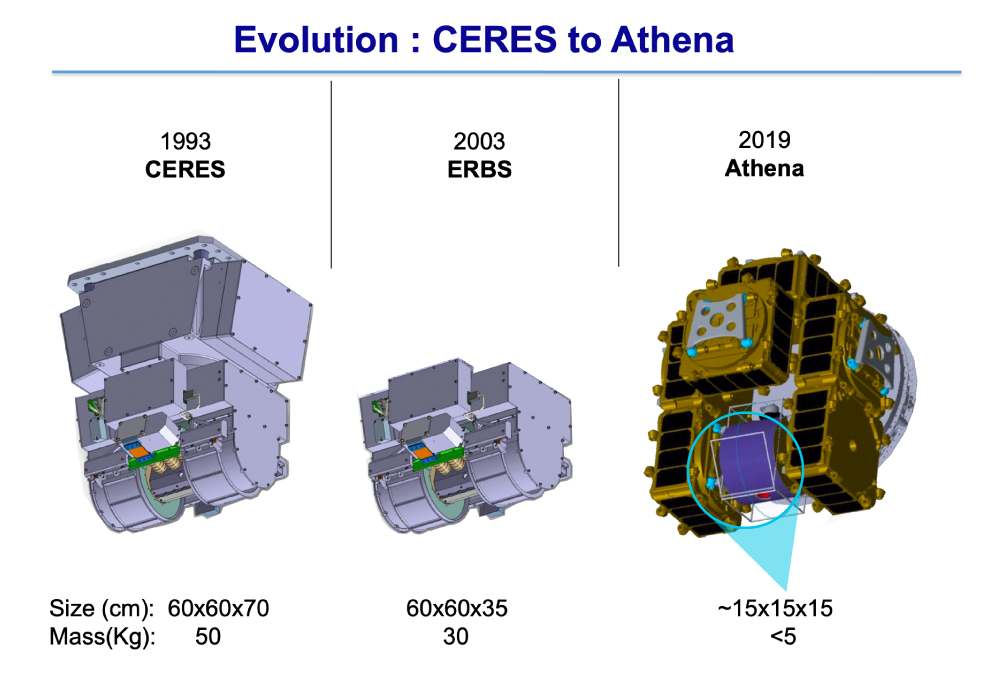
A One-year Mission Scheduled to Launch in 2025
Athena has been selected to launch as a rideshare on a SpaceX Falcon 9 that is tentatively scheduled for launch in Summer 2025 from Vandenberg Space Force Base, Calif., into a 1030 LTAN Sun Syncronous polar orbit.
Once in orbit, NASA’s Athena will collocate measurements with CERES instruments on other NASA spacecraft to demonstratenthe capability of sustaining critical Earth Radiation Budget observation measurements well into the future.
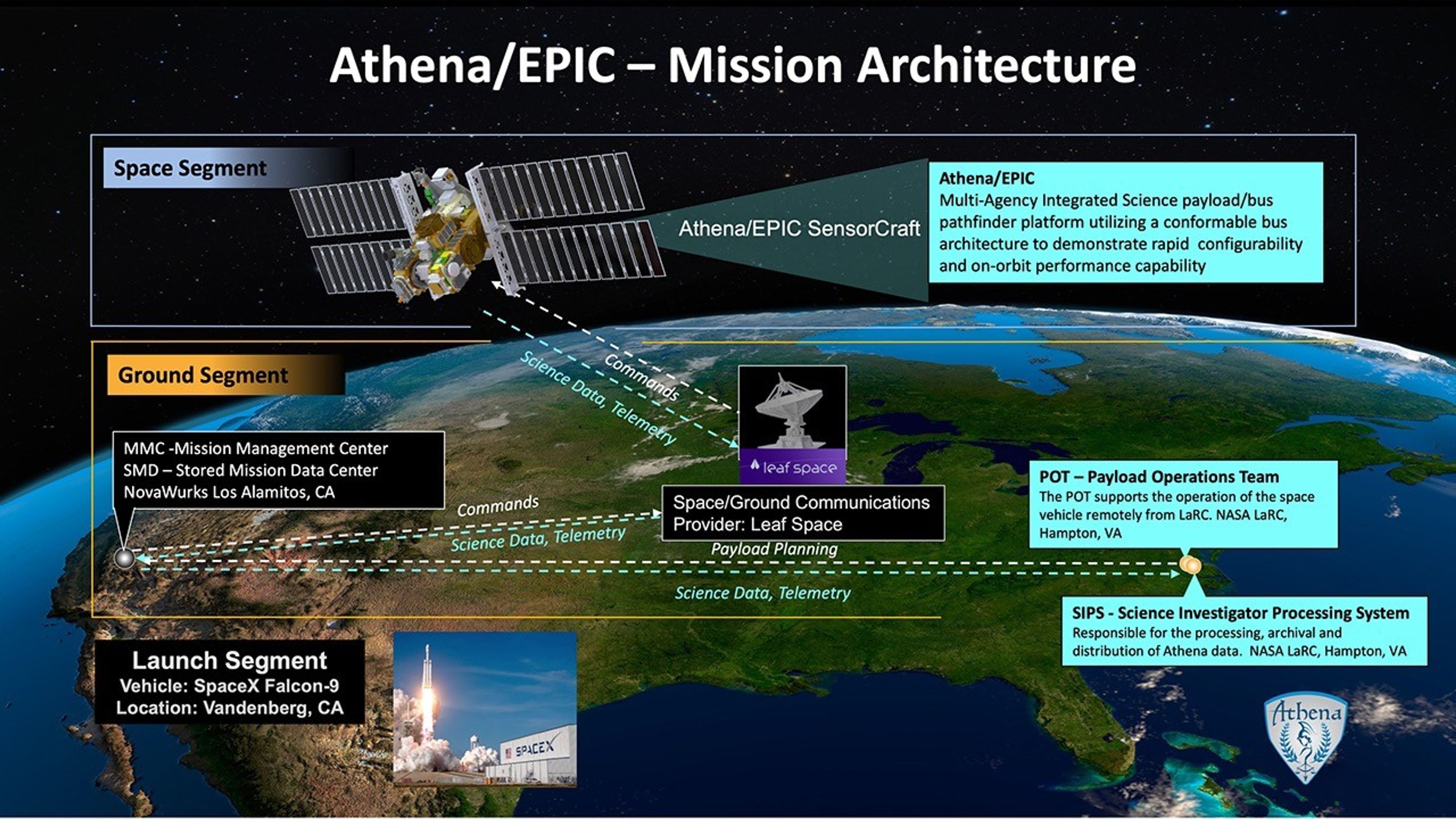
TRACERS Blog Posts
Athena EPIC launched as a rideshare on a SpaceX Falcon 9 rocket from Vandenberg Space Force Base, California. The primary NASA payload on the launch is NASA's TRACERS mission.




























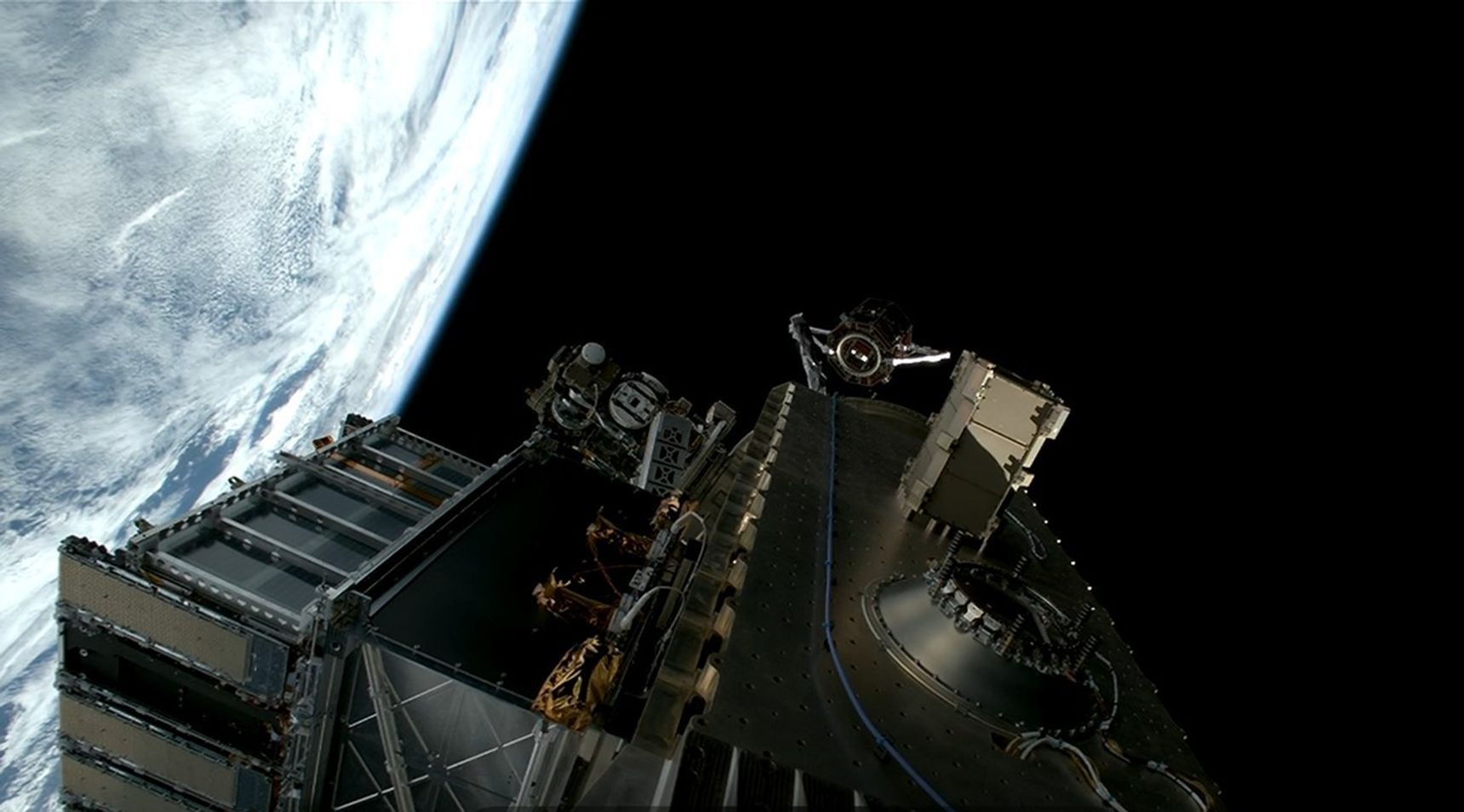
%207.23.25.png?w=760&h=583&fit=clip&crop=faces%2Cfocalpoint)
